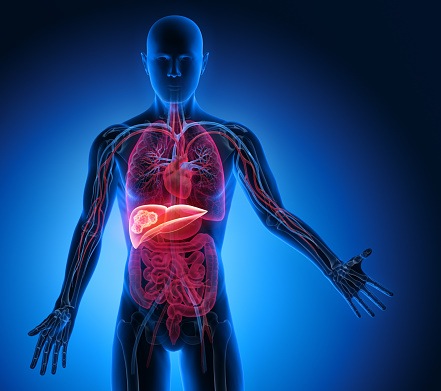
The Liver Meeting
The importance of prompt treatment of hepatorenal syndrome-acute kidney injury (HRS-AKI) with vasoactive medications and albumin is highlighted in guidelines from the European Association of the Study of the Liver. For every 1 mg/dL increase in serum creatinine (SCr) at the time of treatment initiation, the odds of HRS reversal and survival decrease by >30%.
Results of clinical trials of terlipressin have suggested that SCr ≥5 mg/dL is a possible tipping point for clinical outcomes. Andrew S. Allegretti, MD, MSc, and colleagues conducted a post hoc analysis of a medical chart review study to describe the efficacy and safety outcomes in patients with an SCr ≥5 mg/dL at the time of vasopressor initiation.
The analysis included data from 203 hospitalized adult patients treated with terlipressin collected across 26 hospitals in the United Kingdom between January 1, 2013, and December 31, 2017. Results were reported during a virtual poster session at the AASLD Liver Meeting in a poster titled Serum Creatinine ≥5 mg/dL Is Associated with Decreased Safety and Efficacy in Patients Treated with Terlipressin for Hepatorenal Syndrome-Acute Kidney Injury (HRS-AKI) in the United Kingdom (UK).
Data were collected up to 90 days post-discharge. HRS treatment response was measured by the change in SCr from 1 day before initiation of terlipressin to the last day of vasopressor treatment or day 14, whichever came first. Treatment response was categorized as complete response if SCr decreased to ≤1.5 mg/dL, as partial response if SCr decreased ≥20% but >1.5 mg/dL, and as no response if SCr decreased <20%.
A total of 203 patients received terlipressin. Of those, 89% (n=181) had a SCr <5 mg/dL at presentation and 11% (n=22) had a SCr ≥5 mg/dL. The two groups were similar in baseline characteristics.
Patients who presented with SCr <5 mg/dL were significantly more likely to achieve complete response compared with patients who presented with SCr ≥5 mg/dL (54.7% vs 13.6%, respectively; P<.001). Conversely, patients who presented with SCr ≥5 mg/dL were significantly more likely to achieve partial response (50.0% vs 21.2%, respectively; P<.001).
In patients who presented with SCr <5 mg/dL, median duration of terlipressin treatment was 6.0 days; in patients presenting with SCr ≥5 mg/dL, median duration of treatment was 6.5 days.
The two groups were not significantly different in the proportion of patients who received antibiotics (SCr <5 mg/dL, 53.0%; SCr ≥5 mg/dL, 68.2%; P=.178) or albumin (SCr <5 mg/dL, 72.4%, ≥5 mg/dL, 68.2%; P=.870). Patients presenting with SCr <5 mg/dL were less likely to develop fluid overload or pulmonary edema (14.4%) and multi-organ failure (6.1%) compared with patients with presenting SCr ≥5 mg/dL (27.3% and 31.8%, respectively). In patients with presenting SCr <5 mg/dL overall, survival was significantly longer than in patients with presenting Scr ≥5 mg/dL.
In conclusion, the authors said, “The results of the study confirm those of previous trials linking higher presenting SCr to poorer efficacy in patients with HRS-AKI. Importantly, patients with SCr ≥5 mg/dL also were significantly more likely to develop adverse events compared to those with a presenting SCr <5 mg/dL. Survival data from this post hoc analysis support the importance of earlier initiation of vasoconstrictors to optimize patient outcomes.”
The study was supported by Mallinckrodt Pharmaceuticals.
Source: Allegretti A, Jamil K, Verleger K, et al. Serum creatinine ≥5 mg/dL is associated with decreased safety and efficacy in patients treated with terlipressin for hepatorenal syndrome-acute kidney injury (HRS-AKI) in the United Kingdom (UK). Poster presented at the American Association for the Study of Liver Disease virtual Liver Meeting, November 12-15, 2021.

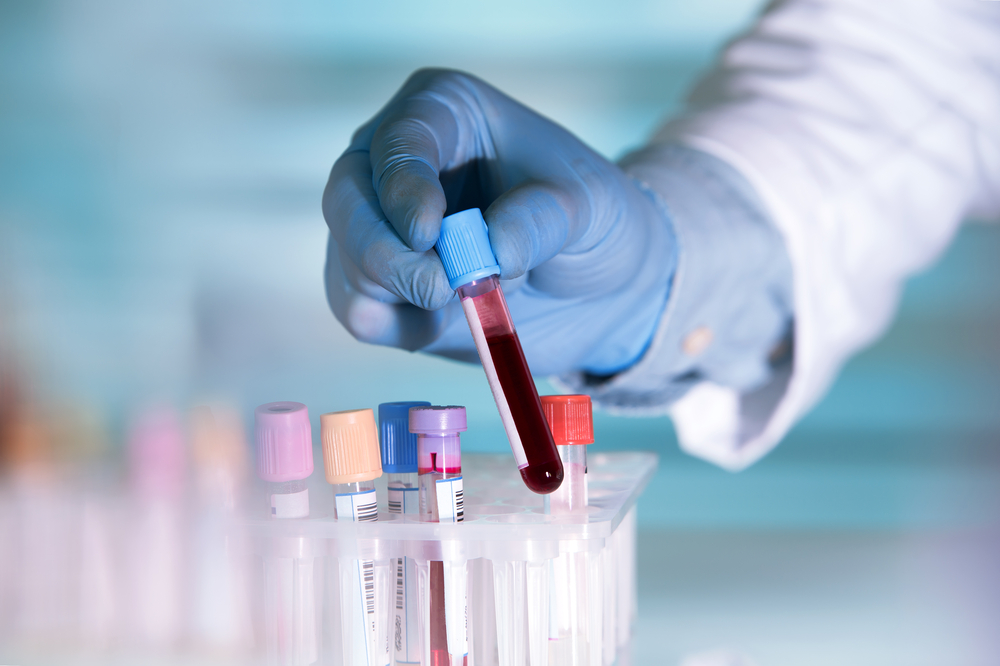

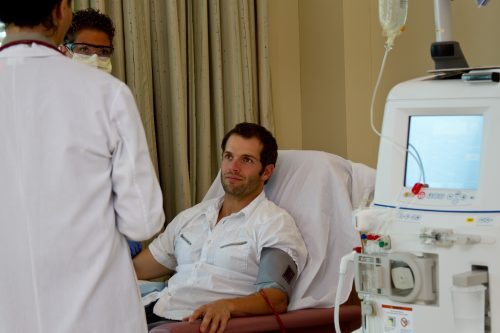
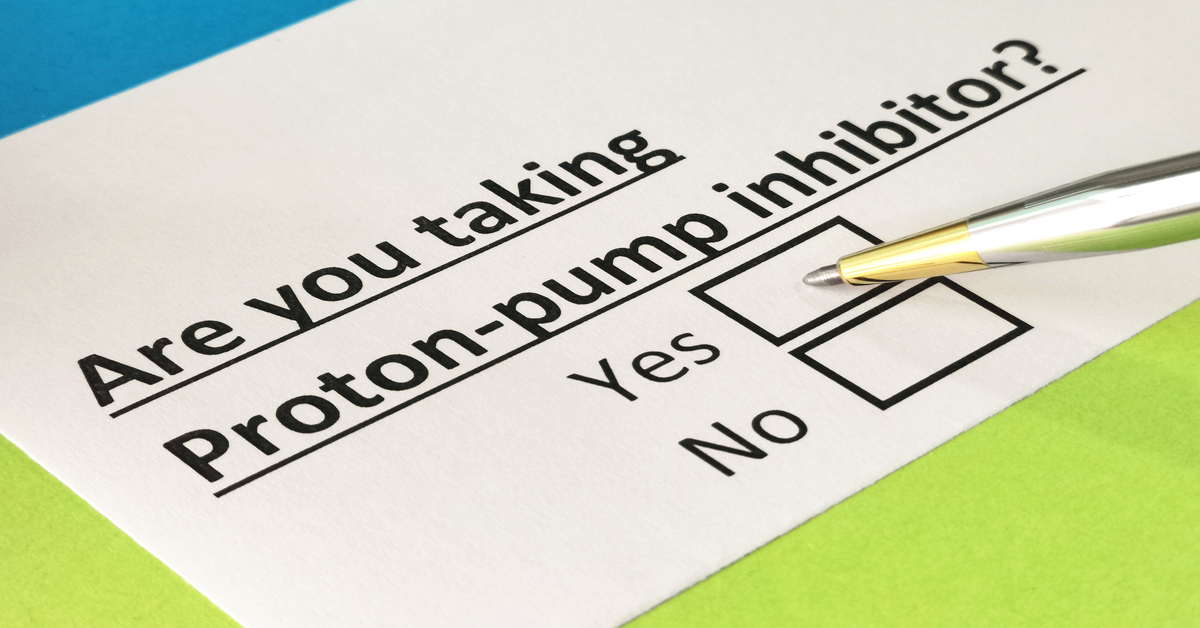
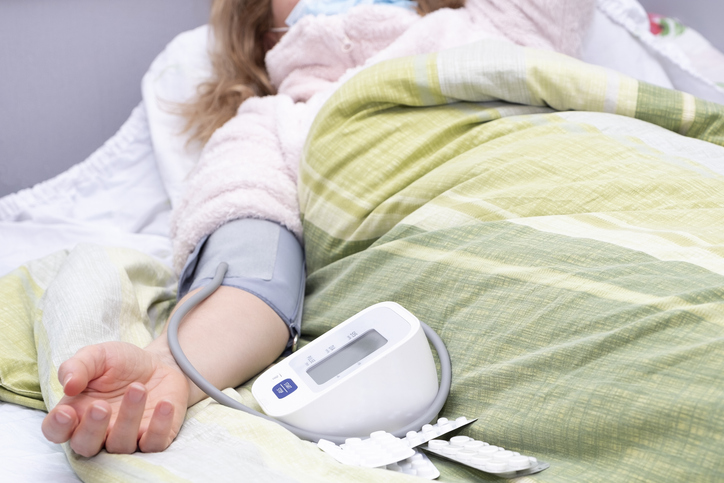

 © 2025 Mashup Media, LLC, a Formedics Property. All Rights Reserved.
© 2025 Mashup Media, LLC, a Formedics Property. All Rights Reserved.